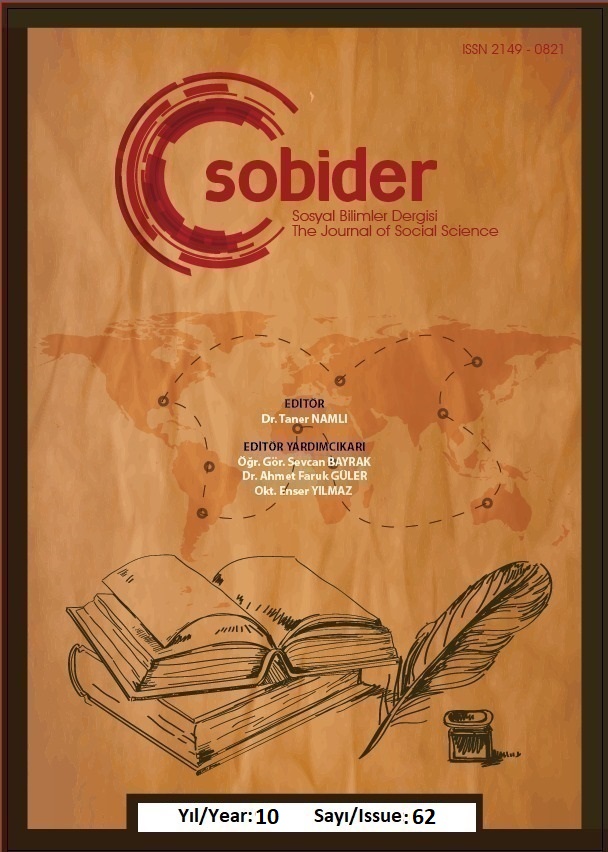Author :
Abstract
Tipografi, hareketli matbaanın icadından bu yana grafik tasarımın bir parçası olmuştur. Yazılı mesajların iletilmesinde önemli bir araçtır ve zaman içinde teknolojinin ilerlemesiyle birlikte gelişmiştir. Çağdaş grafik tasarımda tipografi, yazılı mesajları ifade etmenin yanı sıra görsel çekicilik yaratmak için de kullanılır. Bu makale, tipografinin grafik sanatındaki rolünü, mevcut durumunu ve güncel görsel iletişimdeki uygulamalarını incelemektedir. Tipografinin yazılı mesajların iletilmesinde bir araç olduğu kadar bir tasarım unsuru olarak da benimsendiği tespit edilecektir. Renk, yazı stili, şekiller, dokular ve imgeler gibi tipografik unsurlar, ruh halleri ve duygular uyandırmak için bir araya getirilebilir. Tipografideki harf biçimleri nesnelerin, insanların, yerlerin, duyguların, düşüncelerin ve kavramların görsel temsillerine dönüştürülebilir. Dönüşüm, kişileştirme, metafor, abartma ve ironi gibi çeşitli görsel ifade biçimleriyle sağlanır. Çalışmada, tipografinin tarihi ve özellikleri gözden geçirilecektir. Literatür analizi için nitel bir araştırma yöntemi ve betimleyici bir yaklaşım kullanılacaktır. Araştırma bulguları, tipografinin yaratıcı süreçlerini, etkisini ve sanatsal değerini keşfetmek için fobilere odaklanan poster tasarımlarına uygulanarak sunulmaktadır.
Keywords
Abstract
Since the invention of movable type printing, typography has been a part of graphic design. It is an important tool for conveying written messages and has evolved over time with advances in technology. In contemporary graphic design, typography is used to express written messages and create visual appeal. This article examines the role of typography in graphic art, its current state and applications in visual communication. It will be observed that typography is embraced as both a tool for conveying written messages and a design element. Typographic elements such as color, font style, shapes, textures and images can be brought together to evoke moods and feelings. The letter forms in typography can be transformed into visual representations of objects, people, places, emotions thoughts and concepts. This transformation is achieved through various forms of visual expression such as personification, metaphor amplification and irony. The study will review the history and characteristics of typography. A qualitative research method and descriptive approach will be employed for literature analysis purposes. Research findings are presented by applying them to poster designs focusing on fonts to explore creative processes influence and artistic value of typography.





